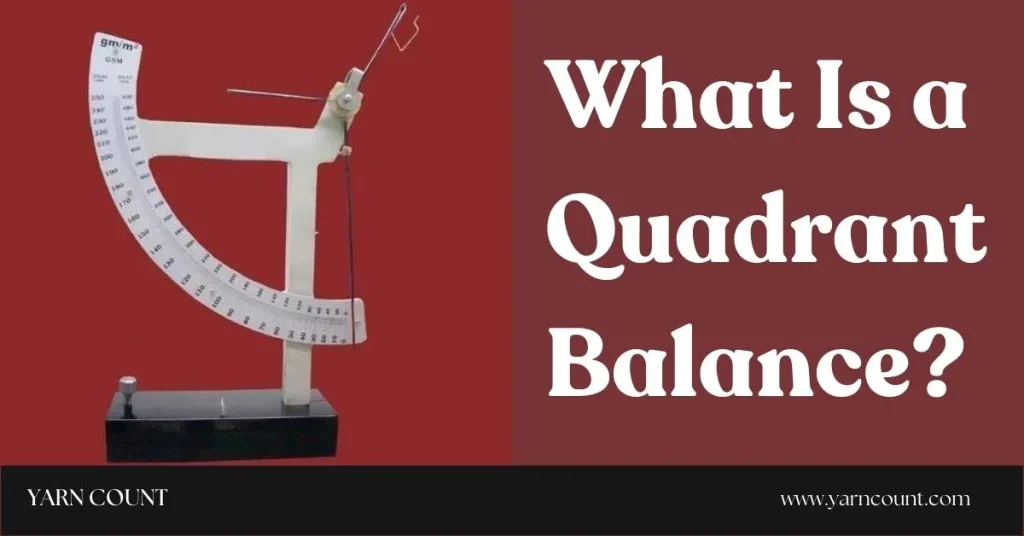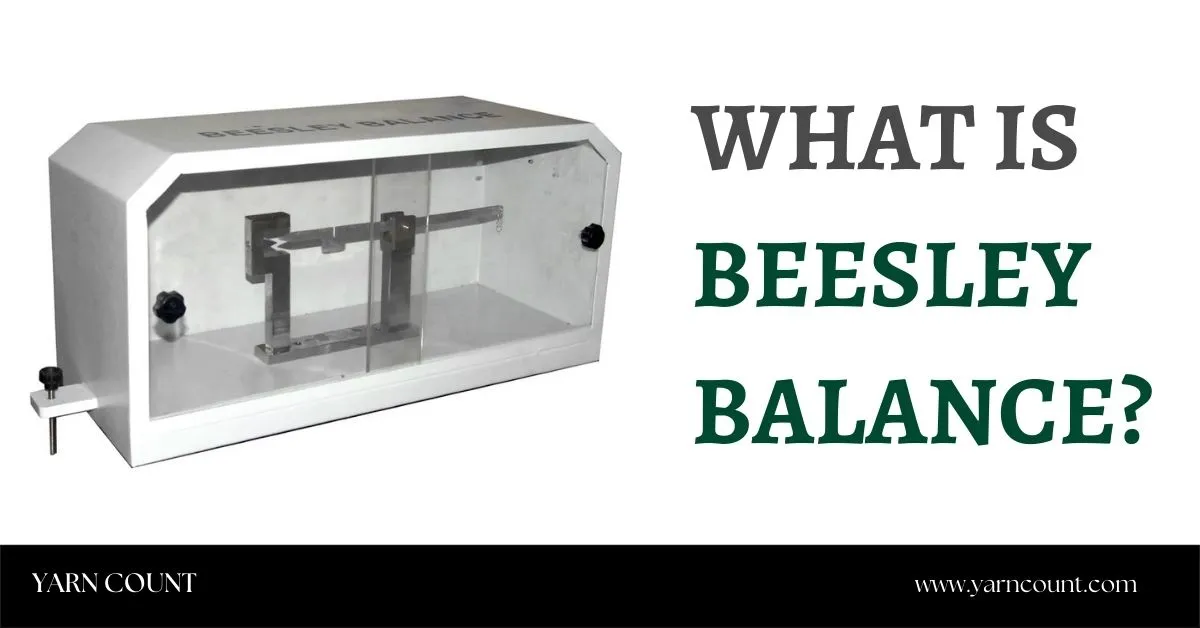What Is a Quadrant Balance? Right from the name you can assume that a quadrant balance is something to do with balancing. While you are not totally wrong, the quadrant balance is used for measuring the count of slivers, roving, and yarn using balancing techniques. The quadrant balance is a direct reading yarn count balance. It has a quadrant scale which is fixed to a pillar.
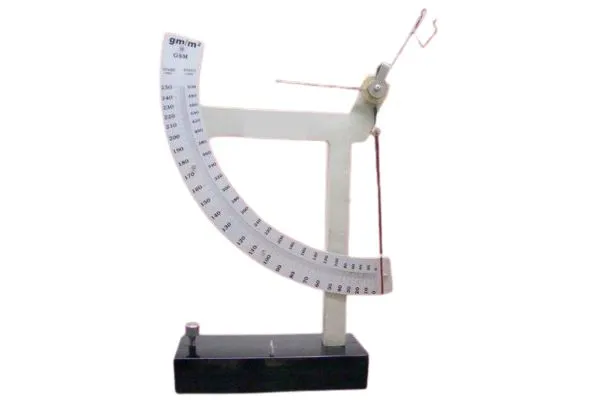
Using this instrument helps us to collect the yarn count directly from the scale, without going through other difficulties. If the length of a fabric sample is less than 120 yards, then the quadrant balance can be used to find its yarn count.
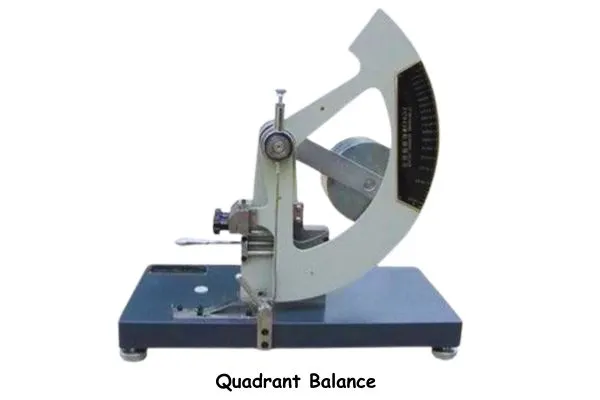
The textile industry makes great use of various types of instruments which can be often complicated and hard to work with. However, if you have adequate information on them, the task becomes very simple.
So, we have made this article in such a way that you get the required information on quadrant balances.
Table of Contents
What is a Quadrant Balance?
The quadrant balance is a direct reading instrument. The quadrant balance consists of a quadrant scale attached to the pillar. The pointer is pivoted and this helps so that it can move over the scale face that is located on top of the pillar.
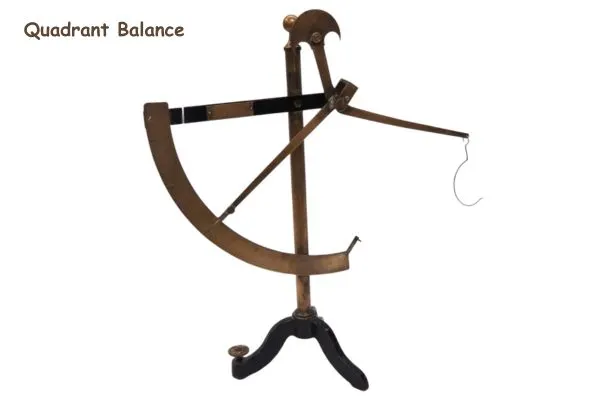
Some people also like to add a crossbeam pivoted on the same pivot as the pointer along with a counterweight and a sample hook on the other end. The counterweight helps to find the instrument’s maximum weight capacity. The more weight you keep adding to the sample hook, the more the pointer keeps moving toward the scale and vice versa.
How to Use a Quadrant Balance.
Using a quadrant balance is easy if you know about the basics.
Tools Needed.
- Quadrant balance.
- Calculator.
- Cotton package.
- Ruler.
Steps.
- Carefully extract a suitable package from your yarn of choice.
- Measure the four-yard yarn using a ruler.
- Take off the yarn and tie a knot on one end so that no other yarn can be extracted from it.
- Using the yarn, turn it into a dense mass of cotton.
- Lastly, hang the weight of the cotton yarn on the hook of the quadrant balance.
- You can extract the count measured directly from the quadrant scale.
- Repeat the procedure a couple of times while keeping the length of the sample yards fixed.
- Form an experimental data chart and note down all the readings so that you can find the average count.
Precautions to Take.
- Ensure that you take the measurement carefully as a little extra tension might change the count reading.
- Take the count balance up to two decimal places to avoid getting any errors.
- It is best to take multiple readings to get rid of any anomaly.
Final Words:
The quadrant balance is a wonderful and helpful tool in the textile industry and it has been used by professionals for a long time. As the balance is meant to stay within an air-tight environment, the chances of getting wrong results are very slim.
